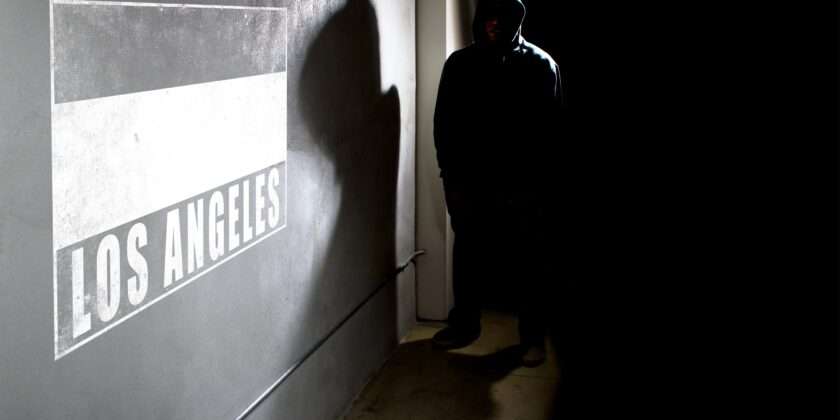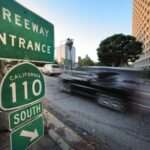“Where you stand depends on where you sit(1).” The Watts riots(2) took place in Los Angeles from August 11 to 17, 1965. The perspective of what happened during those 6 days in 1965 mirrors the America of 2016. Here’s a snippet from Casey Nichols(3), a contributor to blackpast.org on the cause of the Watts riots:
The rebellion began on August 11th when the Los Angeles Highway Patrol stopped black Watts resident Marquette Frye and his brother, alleging that they were speeding. Back-up was called from the Los Angeles Police Department (LAPD) as a crowd of African Americans gathered to watch the scene. Since the incident was close to Frye’s home, his mother emerged to find her son resisting arrest. Fearful that his arrest may ignite a riot, one LAPD officer drew his firearm. Catching a glimpse of the gun, Mrs. Frye jumped onto the officer’s back, causing the crowd to begin cheering. Los Angeles Police Department (LAPD) officers arrested all three of the Fryes. Enraged by the family’s arrests, Watts’ residents protested as the police cars drove away. Less than an hour later, black Angelenos took to the streets.
“Knots of Negro Residents on Avalon Blvd(4) .”
An excellent Los Angeles Times article by Doug Smith(4) reviewing the Watts riots 50 years later offers a different viewpoint:
The day’s most penetrating story was written by an unlikely team. Charles Hillinger, a jovial bear of a man who would later become the paper’s traveling chronicler of everything quirky in California, hit the streets to ask why the rioting had started. Veteran reporter Jack Jones, apparently writing from Hillinger’s notes, began the story: “Knots of Negro residents stood among the shattered glass residue of a hot August night’s violence on Avalon Blvd., Thursday night and their words were those of anger, frustration and resentment.”
Black people didn’t think of themselves as “knots” in 1965. The times are different today, right? The news coverage of Ferguson(5) and how the police interacted with its Black residents appear to the very similar.
The Watts riots caused 34 deaths and over $40 million in property damage. Many of the business owners in the neighborhood saw their property destroyed and never rebuilt. The Watts neighborhood’s 2010 median income of $25,161(6) ranks number 262 out of 265 Los Angeles neighborhoods.
The average Black household median income was $34,560 according to the 2013 U.S. Census. Jay Harold has a post on the huge difference in household incomes among Black and White Americans.
The basic lack of respect and disdain for Black Americans is apparent. Black people have the same desire for upward mobility that everyone else has. We recognize the problems in our community and are highly motivated to improve Black America.
Bill Roberts was a Los Angeles resident during the Watts riots, shares his story and its impact on his life and the city. Listen here:

Jay Harold is always looking to improve your Health and Wealth. Click this link to get free Health and Wealth information to improve your life. Play the free “Slow Roll Through Civil Rights” Game found on the Jay Harold website. Enjoyed this post? Share it and read more here.
Bibliography
- http://www.leadershipnow.com/leadingblog/2008/02/miles_law_and_six_other_maxims.html
- https://en.wikipedia.org/wiki/Watts_riots
- http://www.blackpast.org/aaw/watts-rebellion-august-1965
- http://graphics.latimes.com/watts-annotations/
- https://en.wikipedia.org/wiki/Ferguson_unrest
- http://maps.latimes.com/neighborhoods/income/median/neighborhood/list/






